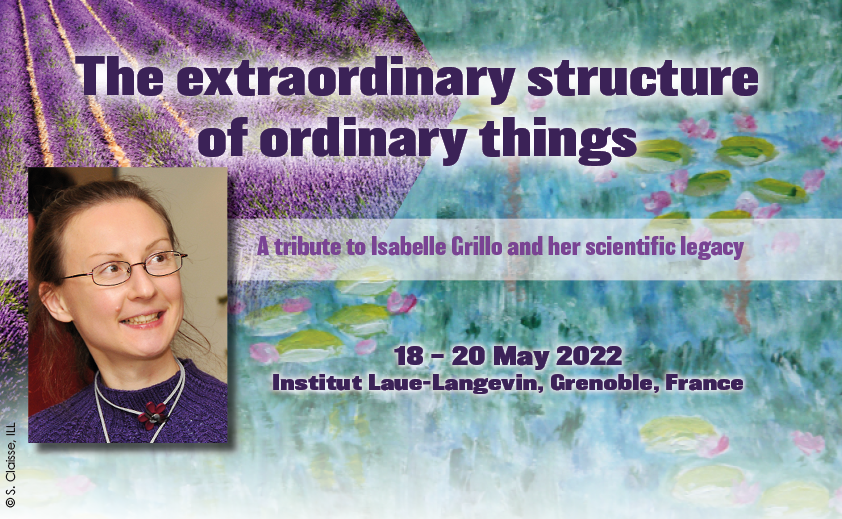Speaker
Description
Ionic liquids (ILs) are molten salts that are liquid at relatively low temperatures. They are composed of sterically mismatched ions that hinder crystal formation and are often defined as salts with melting temperatures below 100 °C, though many are liquid at room temperature and below [1].
Recently, there has been great interest in ILs as their unusual combination of properties, such as, low vapour pressures, wide electrochemical windows, good thermal stabilities, and the ability to dissolve a wide range of solutes, has led to their use in a wide range of areas. These include, but are not limited to, as reaction media for sustainable chemistry, in the electrochemical deposition of metals and semiconductors, catalysis [2], nanoscience [3], biomass processing [4], carbon capture and storage [5], and analytical chemistry [6].
One of the advantages of ILs is that their physicochemical properties can be tuned by changing the anion, cation, or both. For this reason, ILs are often described as “designer solvents”. Recent studies have shown that a library of liquids with a range of properties can be produced by mixing two or more ILs [7]. However, whilst many studies on pure ILs have been performed [8], comparatively little is known about the fundamental properties of IL mixtures and how these relate to their composition.
The structure of ILs in the bulk are critical to many of their applications. In the bulk, the amphiphilic nature of many IL ions results in nanosegregation of the liquid into polar and nonpolar domains [9], leading to the development of nanostructures that have been studied using a range of experimental and computational approaches [8]. Much less is known about the nanostructures formed within mixed IL systems and how these effect their physicochemical properties [10].
Alongside laboratory-based techniques such as rheology and surface tension, we have used the complementary techniques of small-angle neutron and X-ray scattering (SANS and SAXS) to study the bulk structure of mixed IL systems in a systematic fashion. The systems of interest are mixtures of [CnMIM][Tf2N] – varying the chain length, n, of the cation between 2 to 12.
Selective deuteration of the chain on the cation has been utilised during the SANS measurements and has allowed us to gain a detailed view of the nanosegregation within the systems under study. This has moved us one-step further in determining how different the chain lengths need to be in order for aggregation to occur.
- Welton, T. Chem. Rev. 1999, 99, 2017 – 2083.
- Zhao, D. B.; Wu, M.; Kou, Y.; Min, E. Catal. Today 2002, 74, 157 – 189.
- Dupont, J.; Scholten, J. D. Chem. Soc. Rev. 2010, 39, 1780 – 1804.
- Brandy, A.; Grasvik, J.; Hallett, J. P.; Welton, T. Green Chem. 2013, 15, 550 – 583.
- Wang, C. M.; Luo, X. Y.; Zhu, X.; Cui, G. K.; Jiang, D. E.; Deng, D. S.; Li, H. R.; Dai, S. RSC ADV. 2013, 3, 15518 – 15527.
- Berthod, A.; Ruiz-Anel, M.; Carda-Broch, S. J. Chromatogr. A 2008, 1184, 6 – 18.
- Niedermeyer, H.; Hallett, J. P.; Villar-Garcia, I. J.; Hunt, P. A.; Welton, T. Chem. Soc. Rev. 2012, 41, 7780 – 7802.
- Hayes, R.; Warr, G. G.; Atkin, R. Chem. Rev. 2015, 115, 6357 – 6426.
- Lopes, J. N. A. C.; Padua, A. A. H. J. Phys. Chem. B 2006, 110, 3330 – 3335.
- Li, N.; Zhang, S.; Zheng, L.; Dong, B.; Li, X.; Yu, L. Phys. Chem. Chem. Phys. 2008, 10, 4375 – 4377.

